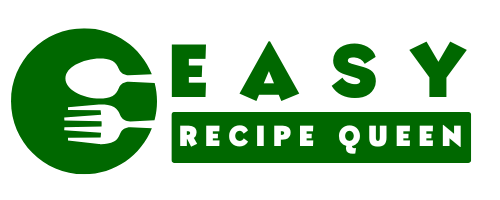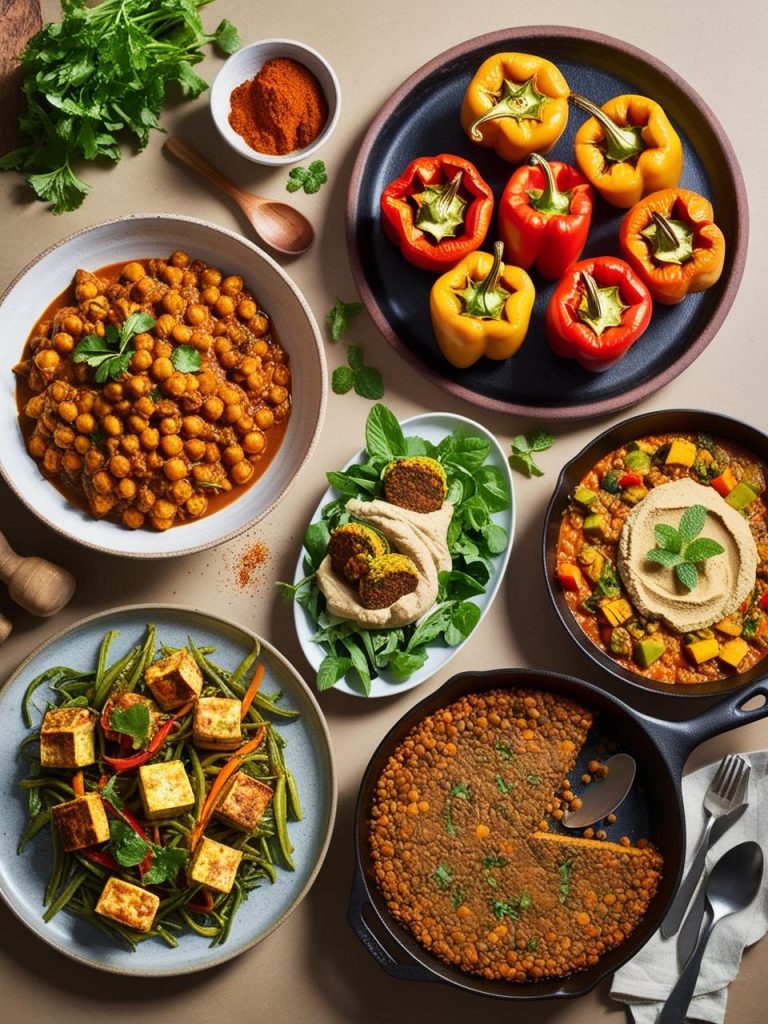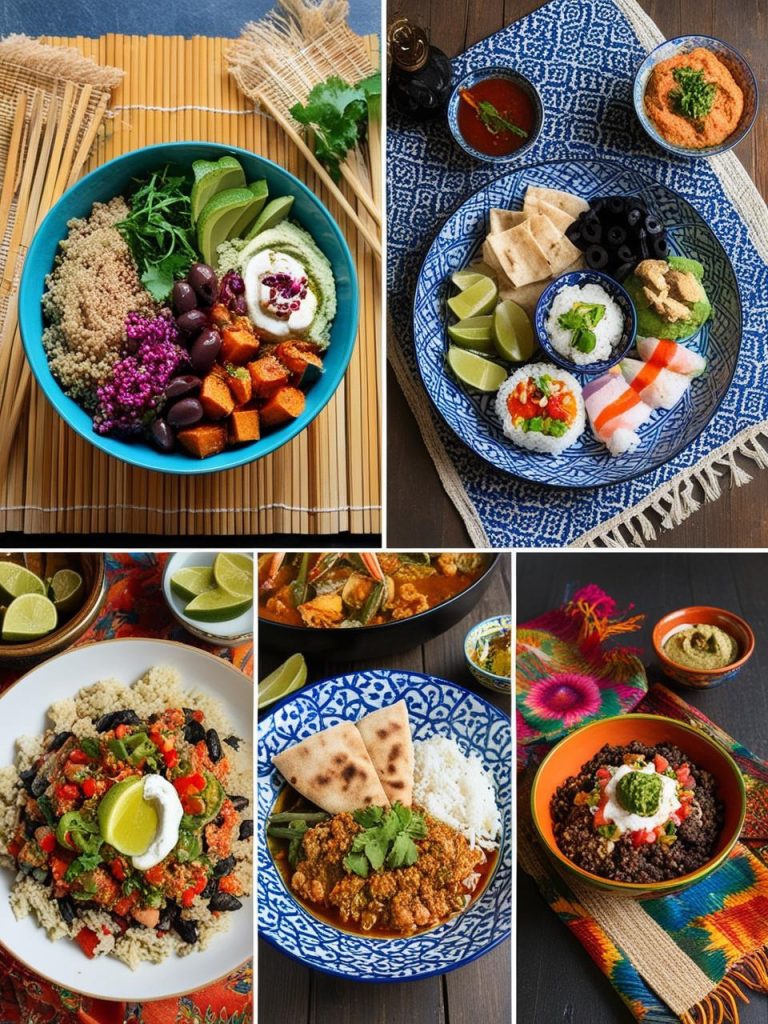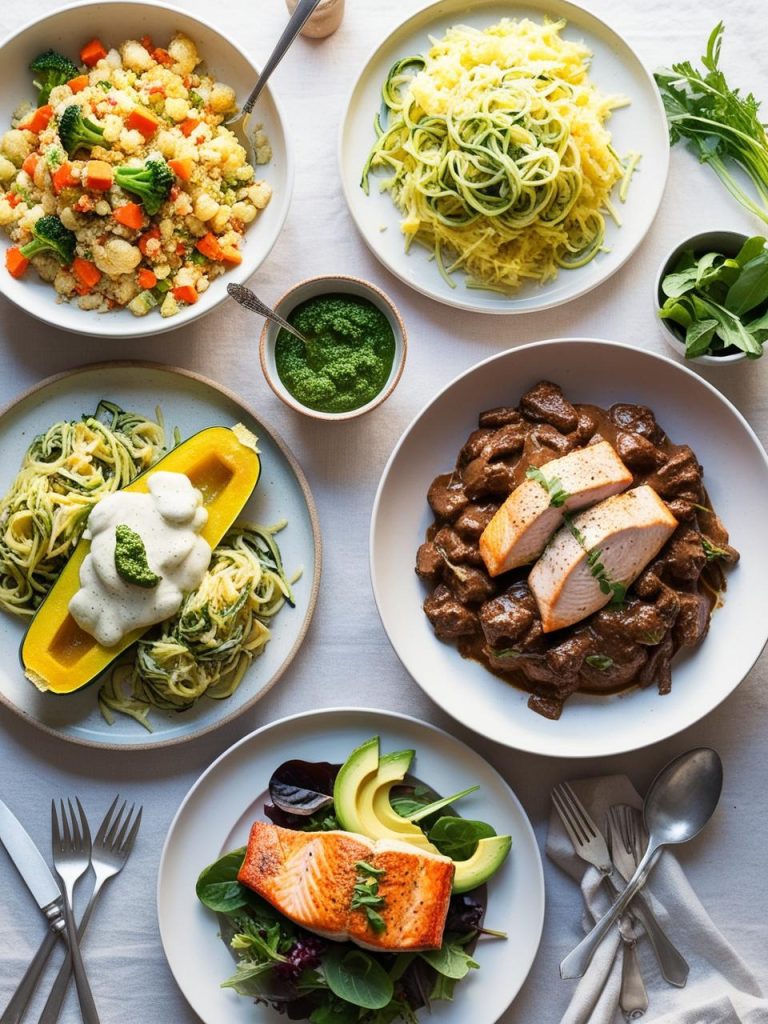5 Iconic WWII Ration Recipes That Shaped the War
Okay, so I’ve recently become obsessed with WWII ration recipes. I know, it’s random, but I was curious about what soldiers ate to survive the war—canned meat, powdered eggs, and mystery mush? What was that all about?
Naturally, I decided to try making a few of these recipes myself. If they could get soldiers through a war, surely I could handle one dinner, right? So, I dove in, ready to taste some history.
If you’re up for a weird food experiment, come along as I share my journey with these iconic WWII rations!
1. Wartime Spam Hash (United States)

History & Introduction:
Spam, a canned meat product, became a symbol of wartime ingenuity. During WWII, meat was in short supply, and fresh meat could not always be relied upon. As a result, the U.S. government encouraged citizens to use canned foods like Spam in their cooking, and this meat became a central feature of military rations. Spam was cheap, easy to store, and could be used in many ways.
How & Why It Was Made:
Spam Hash was a way to stretch limited ingredients. This simple dish combined Spam with other common pantry items like potatoes, onions, and vegetables, creating a hearty, affordable meal that could be easily prepared. It was eaten by both soldiers and civilians, often served for breakfast or lunch. It became especially popular in the U.S. but spread to places where American troops were stationed, such as the Pacific Islands, Europe, and even parts of South America.
2. Bubble and Squeak (United Kingdom)
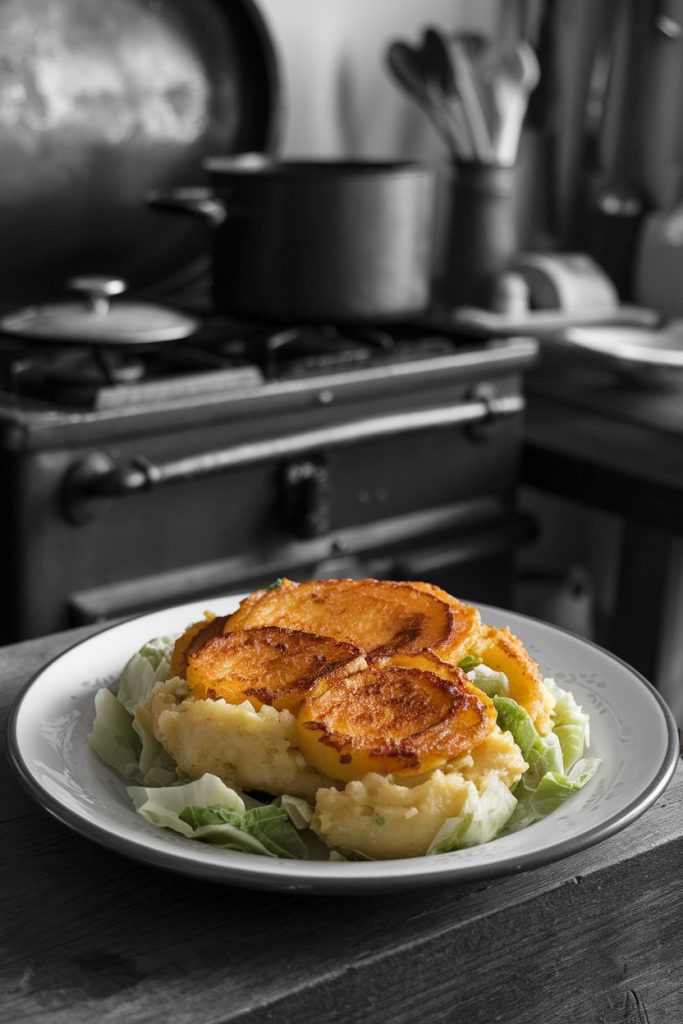
History & Introduction:
Bubble and Squeak is a traditional British dish that dates back to the 18th century, but it gained renewed popularity during WWII. The recipe was born out of the necessity to minimize food waste. During the war, the British government encouraged citizens to make the most of leftovers, and Bubble and Squeak became a favorite dish because it used up vegetables left from a Sunday roast.
How & Why It Was Made:
The dish consists of mashed potatoes and leftover cabbage, fried together until crispy. The name “Bubble and Squeak” comes from the sound the cabbage makes while cooking. It was a way for people to make the most of rationed food while ensuring that nothing went to waste. The use of cabbage, a cheap and readily available vegetable, was particularly important in a time when other vegetables were scarce. It became a beloved wartime meal in the UK and continued as a staple in post-war British cuisine.
3. Marmite on Toast (United Kingdom)
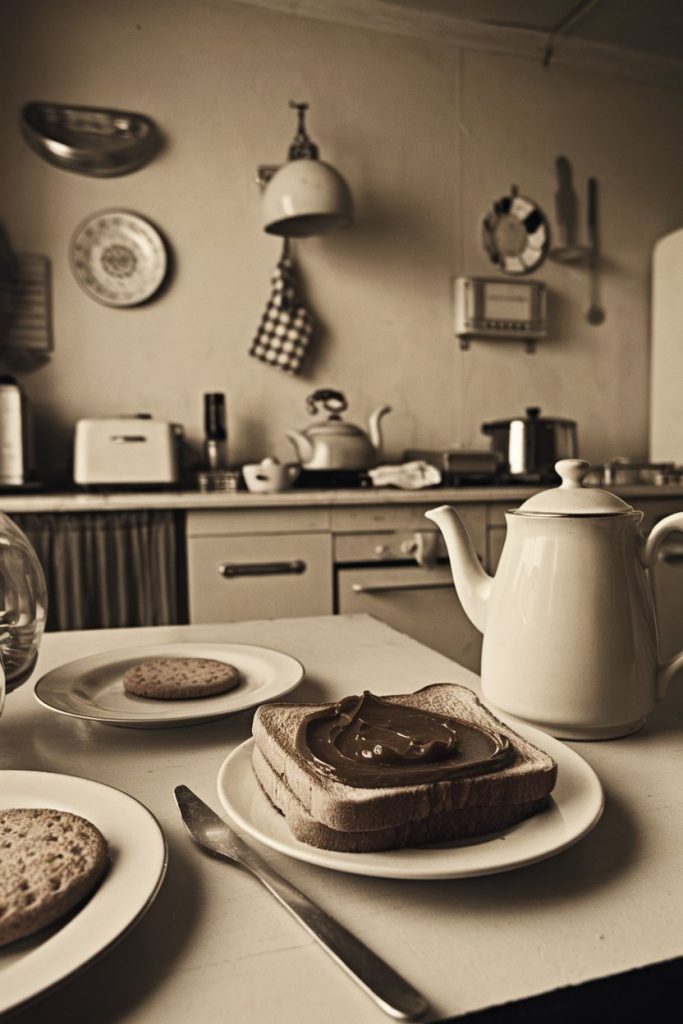
History & Introduction:
Marmite, a yeast extract spread, became a staple during WWII due to its high nutritional value. It was a source of B vitamins and was introduced to help boost morale and provide energy to people on limited rations. While Marmite had been around since before the war, its role in wartime Britain elevated it to a status of iconic importance.
How & Why It Was Made:
Marmite was spread on toast or mixed into other meals to provide a savory boost of flavor. Due to rationing, people needed to make the most of what they had, and Marmite was a cheap, concentrated source of nutrition. It was especially popular in the UK, but British soldiers also took it with them to the frontlines. The spread’s distinctive taste was polarizing—people either loved it or hated it. This unique product became a part of every Briton’s wartime pantry.
4. Cabbage Soup (Soviet Union)
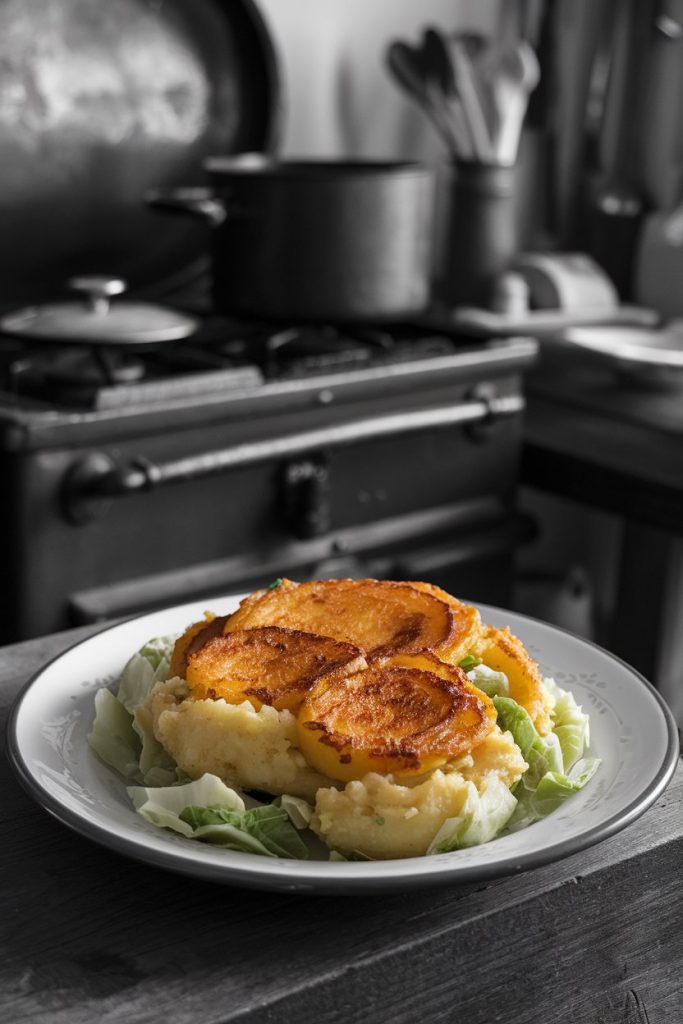
History & Introduction:
In the Soviet Union during WWII, food scarcity was a harsh reality for civilians and soldiers alike. The war caused widespread disruption to food production, leading to limited access to fresh ingredients. Cabbage, a hardy vegetable, became a cornerstone of wartime meals because it could be grown in the harsh conditions and stored for long periods.
How & Why It Was Made:
Cabbage soup was a humble, yet nutritious dish that could be made with minimal ingredients. Basic cabbage was combined with potatoes, onions, and sometimes meat or grains. The soup was a staple in Soviet kitchens during the war, serving as a way to stretch limited rations and feed large families. Cabbage soup was simple to prepare and could be made in large batches, making it an efficient and filling meal.
5. Australian Meat Pie (Australia)
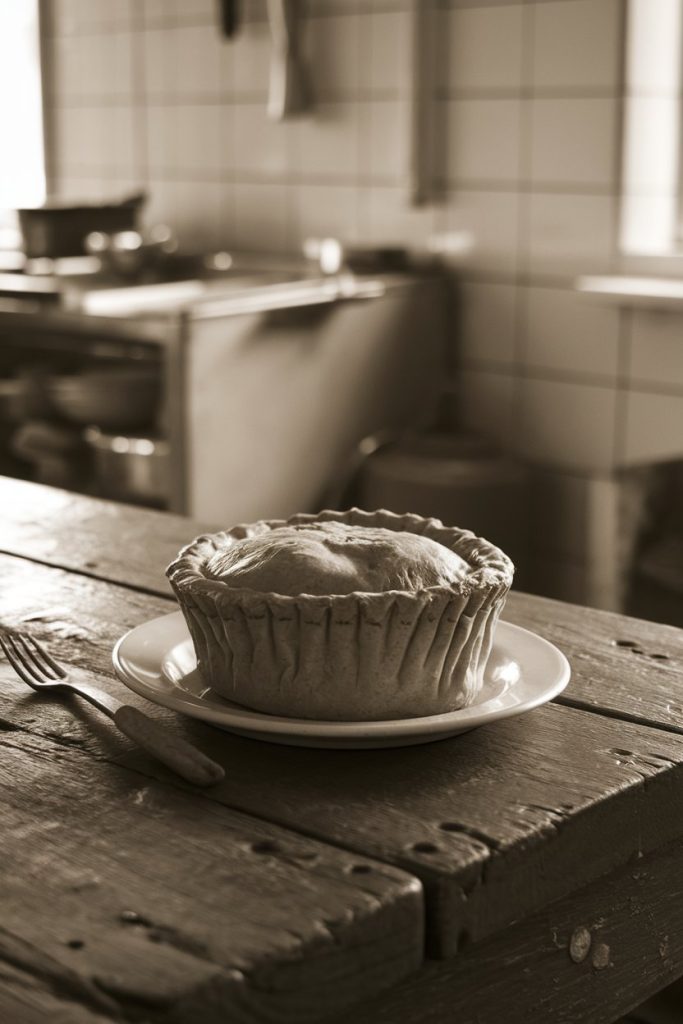
History & Introduction:
While meat pies were a part of Australian cuisine before WWII, they became even more significant during the war. Rationing in Australia led to the creation of smaller, more affordable versions of this classic pie, which could be eaten quickly on the go, making it popular with soldiers and civilians alike.
How & Why It Was Made:
During the war, the ingredients for a traditional meat pie were limited, so people adapted by using whatever meats or fillings were available, such as minced beef or kangaroo meat. This pie was often served as a portable meal, making it an ideal choice for soldiers and workers who needed something they could eat quickly. The crust of the pie provided a satisfying, comforting texture, while the filling was hearty and nutritious.
